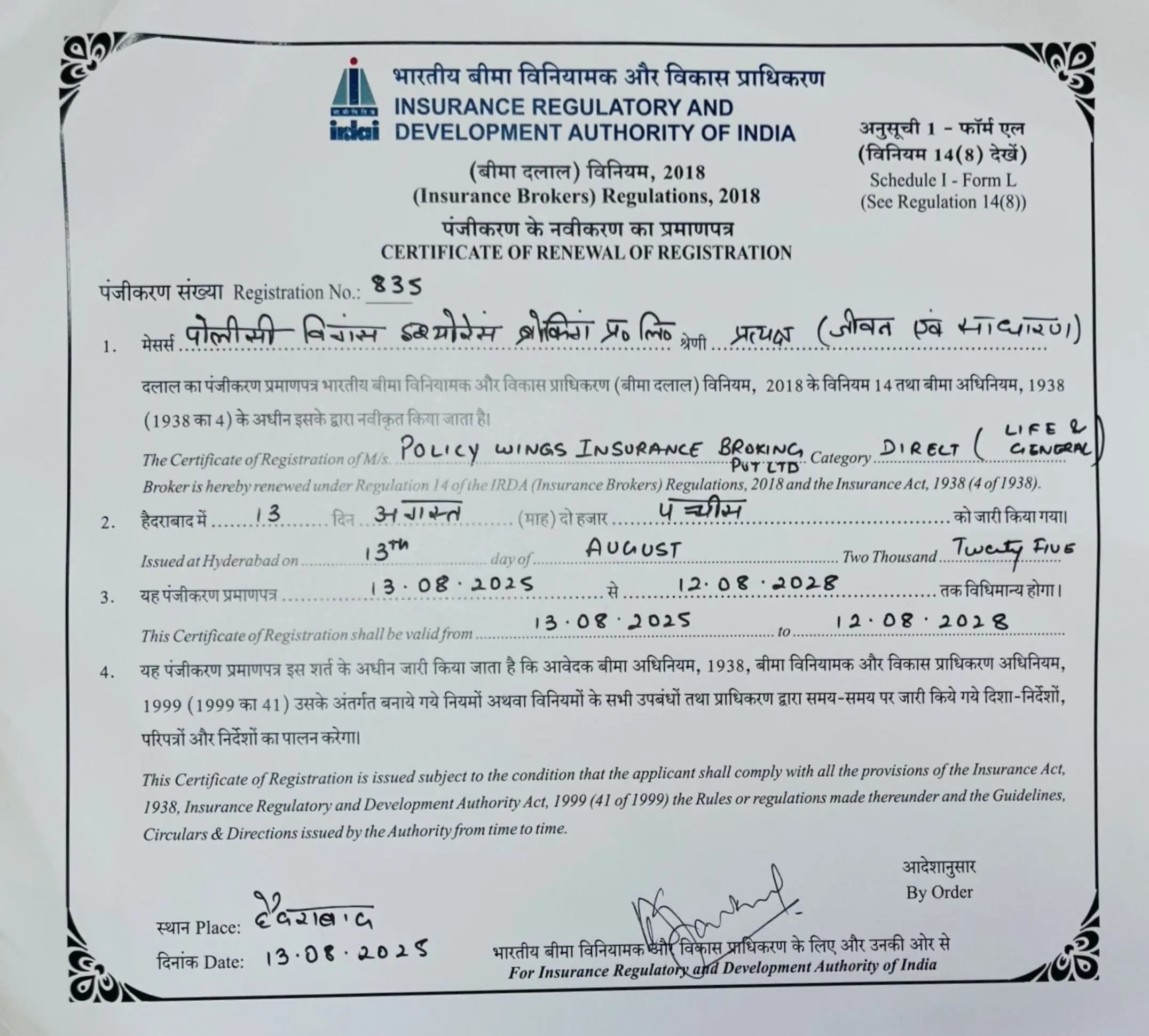Making the Right Choice: Term or Whole Life Insurance for Families
Let’s start with something real. We have all had that moment—maybe while putting our child to bed or glancing at our partner across the dinner table—when a thought creeps in: What would happen to them if I was not around anymore? It’s uncomfortable, even a little scary, but it’s honest. We are not just thinking about ourselves anymore. We have got a family to protect and with that comes the responsibility of preparing for the unexpected. We have been there—googling “term insurance vs. whole life insurance,” trying to decode the jargon, and feeling more confused than when we started. So let’s break it all down, together. Let’s make sense of this—because making the right choice between term and whole life insurance is not just about money. Why Life Insurance Even Matters for Families Before we jump into term vs. whole life, let’s talk about why life insurance matters so much when we have a family. It’s not about expecting the worst—it’s about being prepared for it. If something were to happen to us, we want to know that our kids can still go to school, our home stays safe and our partner does not have to shoulder every financial burden alone. According to IRDAI, only around 3% of India’s population has adequate life insurance coverage. That’s scary. Many of us are underinsured simply because we did not understand our options. But the good news? We can change that right now. Let’s Understand Term Life Insurance First So what is term life insurance really? In simple terms, it’s a plan that covers us for a specific period—10, 20, maybe even 30 years. If something happens to us during that time, our family receives a lump sum payout called the death benefit. If we outlive the term, there’s no payout. Sounds straightforward, right? We love term insurance because it’s affordable and high-coverage. For example, a 30-year-old non-smoker in India can get ₹1 crore coverage for less than ₹800/month. That’s powerful financial protection at the cost of a couple of pizzas. What happens after the term ends? Say we are now in our 60s, the term has ended and we are no longer covered. If we still have dependents or debts, that’s a potential issue. That’s when we start wondering—Should we have gone with whole life insurance instead? Now Understand Whole Life Insurance Now, whole life insurance—that’s the more permanent kind. Unlike term plans, whole life covers us for our entire lifetime. As long as we keep paying premiums, the policy stays active and our family gets the payout whenever we pass away—whether that’s 20 or 60 years from now. But wait, there’s more. Whole life plans also include something we love: cash value accumulation. A portion of our premium builds up like a savings fund. Over time, we can borrow against it, withdraw from it, or even use it to pay premiums. It’s like insurance plus investment. Of course, it’s pricier. That same ₹1 crore coverage might cost ₹8,000–₹10,000/month. But in return, we get a guaranteed death benefit, lifelong coverage and a built-in savings cushion that grows over time. It’s a real asset. We have met families who used the cash value to pay for college tuition, fund a business or deal with emergencies. That kind of flexibility can be a game-changer when life throws a curveball. So Which One Do We Really Need? Let’s think through our own situation. If we are young, have a limited budget and our primary goal is protecting our family during our prime working years, term insurance is a fantastic choice. Since real estate is reasonably priced and provides excellent safety, we may concentrate on other financial objectives like investment or home ownership. However, if we are making plans and want a lifetime safety net, whole life insurance would be a better option. We could leave a legacy or make sure our kids inherit something safe.. It’s like planting a financial tree that will keep producing no matter what stage of life we’re in. We were genuinely moved by this story. One of our acquaintances in his 30s bought a term plan because he thought it was all he needed. But at 65, with a dependent spouse and no coverage left, he was stuck trying to get a policy again—only now, with age and health issues, premiums were through the roof. That’s when we realized: it’s not just about choosing what works now but what we will wish we had 30 years later. What Are Other Families Doing? Let’s look at some trends. According to a 2023 survey by Max Life, over 65% of Indian families prefer term insurance as a starter option because of affordability. But among those over 40, there’s a growing shift toward whole life or endowment plans for their dual benefit of savings and security. It’s not a one-size-fits-all decision. Some families even combine both—using term plans early in life and gradually adding whole life or ULIP-based plans as their income grows. That hybrid strategy can work wonders. Final Thoughts: What Should We Choose? So here we are, back at the fork in the road: term or whole life? We have walked through the pain points, the features, the stats, the real stories—and here’s what it comes down to. If we are looking for affordable, focused protection for a specific time frame, term insurance has our back. If we want lifelong assurance, wealth building and flexibility, whole life steps in as the hero. The right choice? It depends on where we are in life, what our goals are and how we want to leave our mark. But one thing’s for sure—doing nothing is not an option. Because if we truly love our family, we owe it to them to be prepared. That’s why choosing the right life insurance for family matters. So let’s sit down, take a deep breath, maybe even talk to a financial advisor—and make the
Making the Right Choice: Term or Whole Life Insurance for Families Read More »


